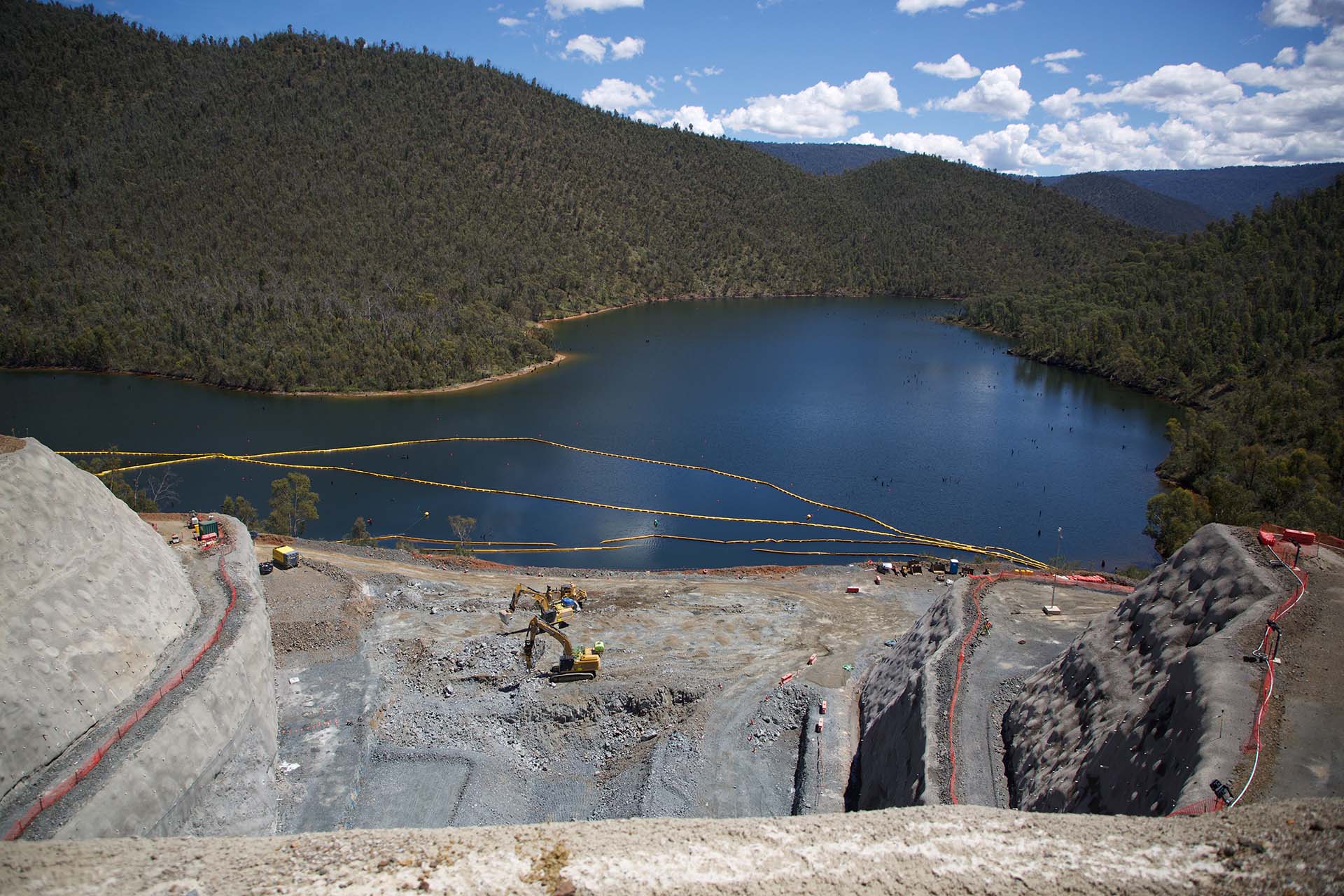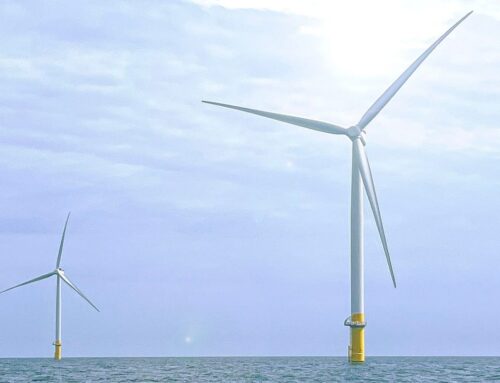Pumped Hydro Energy Storage: the “Water Battery” Behind the Transition
November 6, 2024

The first pumped hydro energy storage scheme was built between the 1960s and 1970s to prevent energy from being wasted at nuclear plants. Today, as the world shifts toward green energy (Europe aims to meet 50 percente of its energy needs with wind by 2030), these scheme are playing an important role in supporting sustainable development. According to the International Energy Agency, over 90 percent of the world’s stored energy depends on PHES.
Among the biggest investors in this technology are Australia, the United States, China, and Europe. In the United Kingdom, four major PHES are operational in Scotland and Wales. The British energy authority estimates that the UK needs plants with five times the current storage capacity to achieve 100 percent clean energy by 2050. In October, the government announced an energy development plan that includes building new pumped hydro energy storages. «This plan will improve our energy storage capacity,» said Energy Minister Michael Shanks. «We’ll be ready when solar and wind are insufficient for our needs.»
Another advantage of PHES, highlighted by a British government study, is the ability to hold at least 20 GW of energy translates to the government saving £24 billion (€28 billion) in energy bills between 2025 and 2050.
Staying in Europe, Portugal has invested over €1 billion in constructing the Tâmega Gigabattery, the country’s PHES, with a capacity exceeding 1.1 GW. It will generate enough energy to recharge 400,000 electric vehicle batteries or meet the daily needs of 2.4 million households. The Tâmega project supports Portugal’s goal to generate almost all its energy from renewable sources; currently, 61 percent of its energy comes from renewables. It wants to reach 85 percent by 2030.
Search
RECENT PRESS RELEASES
Related Post




